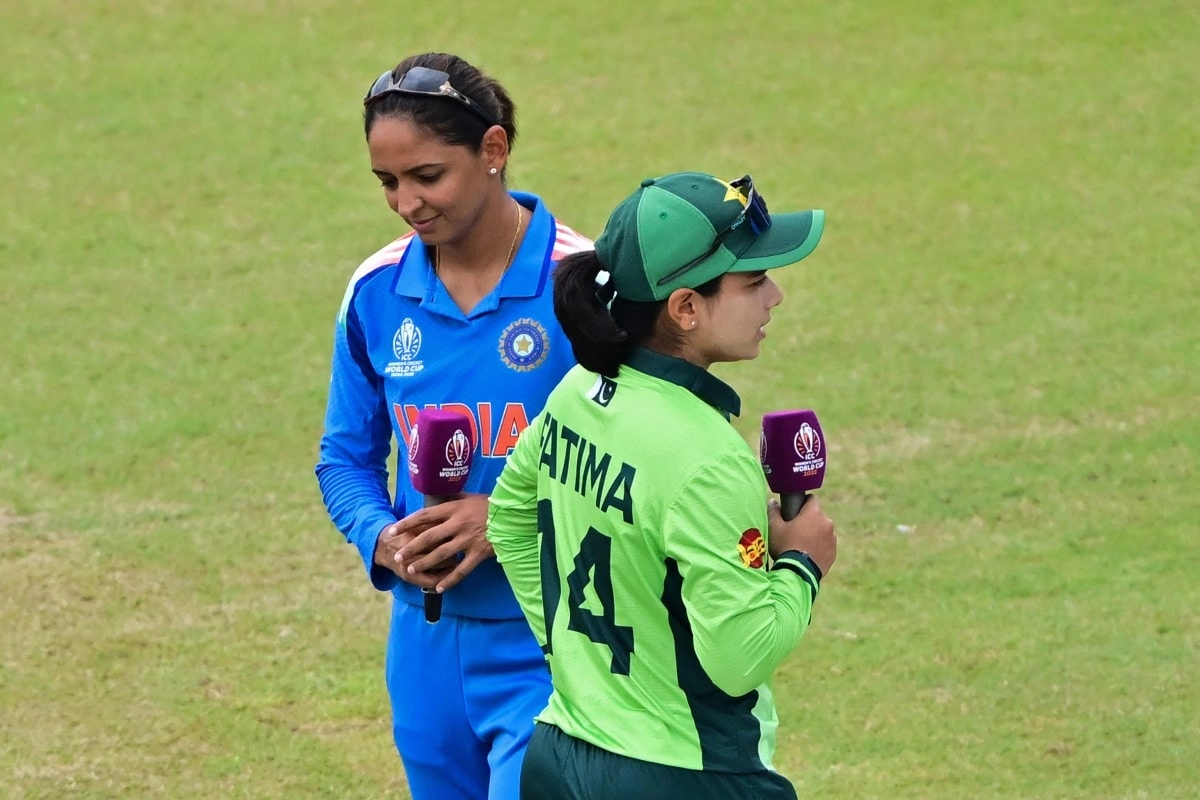In a recent cricket match that drew considerable attention, Yashasvi Jaiswal found himself at the center of a controversial moment involving a leg-before-wicket (LBW) call. The incident took place during a crucial phase of the game, significantly impacting not only the match’s momentum but also the dynamics between players and officials. When the decision was made against him, Jaiswal exhibited a strong sense of defiance, refusing to walk back to the pavilion. Instead, he stood his ground and directed a steely gaze toward the umpire, signaling his disagreement with the decision.
This confrontation sparked a debate among fans and analysts alike regarding the interpretation of the rules and the authority of umpires in high-stakes situations. Jaiswal’s reaction can be interpreted as a mix of frustration and determination, showcasing his competitive spirit on the field. Such moments are not uncommon in cricket, where players often feel the repercussions of decisions that could sway the outcome of the match. In this case, Jaiswal’s refusal to accept the umpire’s ruling highlighted the emotional intensity inherent in sports, where every run and wicket carries immense significance.
The incident also brings to light the broader conversation around the role of technology in cricket. With the advent of Decision Review System (DRS), players now have the option to challenge on-field decisions, adding another layer of complexity to such controversial calls. While some may argue that Jaiswal should have utilized this system, others believe it is an athlete’s prerogative to express their discontent with decisions that seem unjust. This particular moment may serve as a reminder of the fine line between respect for authority and the fierce desire to compete, a theme that resonates across various sports.
Ultimately, Yashasvi Jaiswal’s refusal to walk back after the contentious LBW call has left an indelible mark on the match and spurred discussions around officiating standards in cricket. It underscores the passion that players bring to the game, as well as the challenges umpires face in making split-second decisions under pressure. As cricket continues to evolve, moments like these will likely remain a focal point for discourse among players, officials, and fans, shaping the future of how the game is played and officiated.




